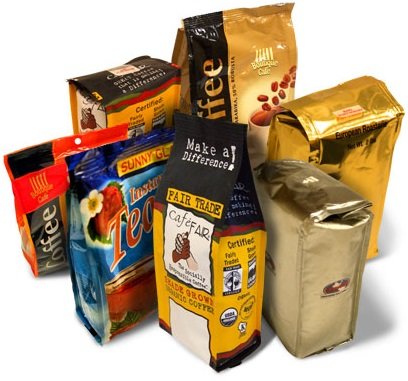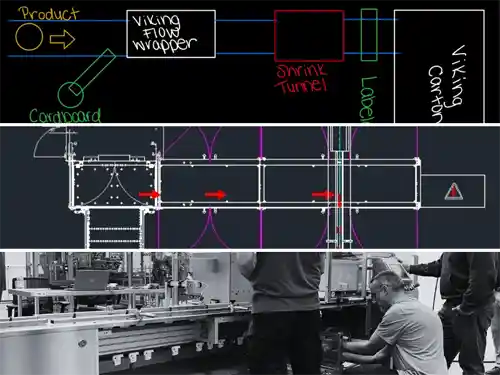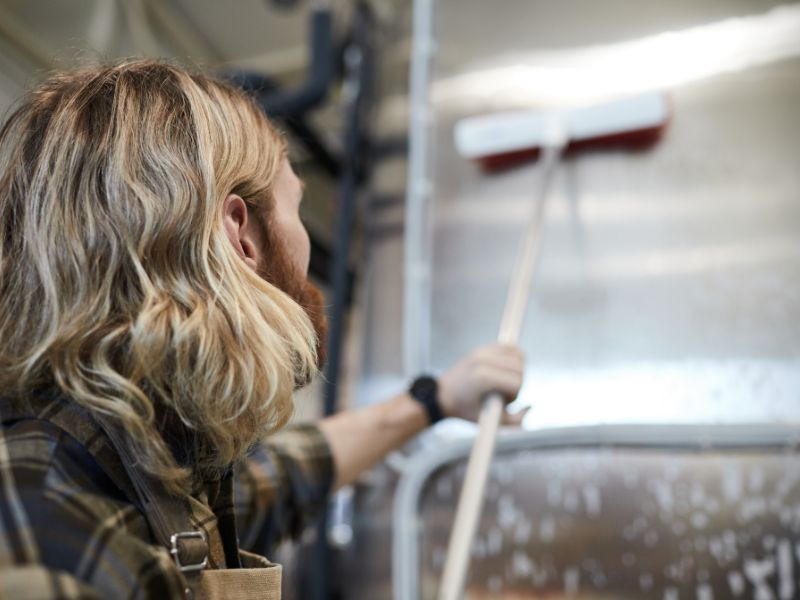3 Key Things to Define When Considering Automated Flexible Packaging Equipment
 Perhaps demand for your product has increased exponentially because of viral marketing. Or maybe you are looking to diversify your product offerings to market to an expanded consumer base. Maybe you just can't bear to see any more money wasted on production inefficiency. You simply cannot keep packaging by hand and expect to keep up. So it is decided: You must look into automated packaging. While packaging OEMs will have a wealth of knowledge and be able to guide you in the right direction, coming in prepared can only help your project in the long run. While you may have some general ideas and goals in mind for your packaging, there are some important things to define to ensure the long-term success of your flexible packaging equipment project. Let's take a look at three of the most important:
Perhaps demand for your product has increased exponentially because of viral marketing. Or maybe you are looking to diversify your product offerings to market to an expanded consumer base. Maybe you just can't bear to see any more money wasted on production inefficiency. You simply cannot keep packaging by hand and expect to keep up. So it is decided: You must look into automated packaging. While packaging OEMs will have a wealth of knowledge and be able to guide you in the right direction, coming in prepared can only help your project in the long run. While you may have some general ideas and goals in mind for your packaging, there are some important things to define to ensure the long-term success of your flexible packaging equipment project. Let's take a look at three of the most important:
Attributes of Your Product
When asked what you produce, the answer is simple. Maybe it's coffee or tea; pet food or treats. But when it comes to automating packaging of that product, you must get in to the nitty-gritty details. If the product is a powder, does it flow freely like sugar or not flow freely like flour? If you are looking to package a liquid product, what is its viscosity? Is it similar to water or thick frosting? If your product is solid, is it dry like kibble, sticky like gummy candies, or moist like lettuce? Is your product a mixture of different textures? Product attributes affect how your product is conveyed and filled into the machine, what types of packaging materials are recommended, how it is packaged, and what type of machinery is best suited. A mismatch in this regard can spell disaster.
 Package Type and Specifications
Package Type and Specifications
Do you desire a simple, pillow type bag or something a bit more complex like a quad seal bag? Or do you plan on skipping rollstock and sourcing your own premade pouches? This decision point affects what type of flexible packaging machinery is recommended for your particular bag type. Not sure of your options? Explore the different bag styles available.
After your package type has been decided, you must now consider its size. The width will determine how wide the flexible packaging machinery sealing jaws must be. Next, consider your package target weight. Above a certain weight, additional options must be taken into consideration to support the package during the packaging process.
Packaging Equipment Budget
Do you have a particular budget in mind? Is that budget flexible or has it been set in stone? This will affect the type of flexible packaging machinery available to you and narrow down the packaging OEMs that best fit your budget. There are usually options at entry level, at mid-range, and high-end.
Do you desire a complete packaging solution, from infeed to product filler to checkweigher to outfeed and casepacking? Or are your needs more basic? If your product or package type requires extensive customization, expect your cost to increase.
The decision to automate your production with flexible packaging equipment is a big step. It can seem overwhelming at first, even for seasoned packaging equipment users. When flexible packaging equipment projects hit bumps in the road, or worse - fail, it is usually because the project scope was not defined accurately from the beginning. Ensure the best start to your flexible packaging equipment project with our free Packaging Equipment Project Scope Worksheet:





